Recommended Routes
Walking in the Mecca of mountain worship and Shugendo. (Yoshino Town, Nara Prefecture)
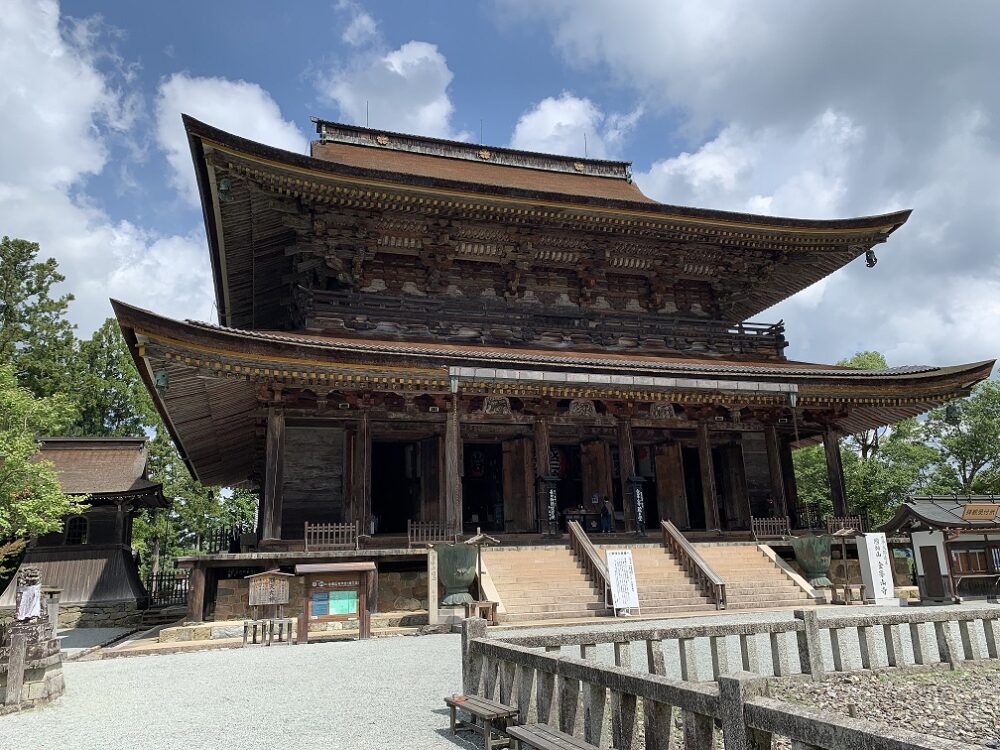
Yoshino is in the northern reaches of Yoshino-gun, in the central interior of Nara Prefecture. The town is crossed down the middle by the east-west flowing Yoshino River. Within the town limits are found the Yoshino-Kumano National Park and Yoshinogawa Tsufuro Nature Park, while the cherry blossoms of Mt. Yoshino are known throughout Japan.
Blessed with pristine mountain torrents, Yoshino was settled long ago because of its strategic location along ancient byways between Kishu, Ise, Kyoto, Nara and Kumano.
Since long ago, the area has been recognized and revered as a holy land for mountain worship, but come the Nara Period, En no Gyoja built facilities for attaining enlightenment via a mountain-dwelling lifestyle and ascetic practices in the Kinpu Mountain Range that stretches from Yoshino to Omine. From that point through the middle ages, Yoshino thrived as Japan’s largest mecca of Shugendo or mountain asceticism unique to Japan.
Today, the area is registered as a World Heritage under the acclaimed title of Sacred Sites and Pilgrimage Routes in the Kii Mountain Range.
Video
Tabinohoshi “Traveling by Sightseeing Express ‘Symphony of Blue’ - Kinpusan-ji Temple, the main sanctuary of the hidden Buddha, Night-time Adoration (for guests only), Yoshinoyama in Autumn and Forest Therapy” Yoshino, Japan vol.44
Access
By train
From Osaka
Take the Yoshino Limited Express from Kintetsu Abenobashi Station … Approx. 1 hr 15 min.
From JR Tennoji Station, change at Oji-Yoshinoguchi Station … Approx. 1 hr 30 min.
By car
From downtown Osaka
Take Natl. Rt. 24 from the Koriyama IC of the Nishimeihan Expressway to Natl. Rt. 169 via Kashihara … Approx. 2 hr.
Take Natl. Rt. 165 (Takada Bypass) from the Mihara Junction of Hanwa Expressway through Kashihara to the Katsuragi IC of the Minamihanna Expressway, then follow Natl. Rt. 169 … Approx. 1 hr.
Route
- Kintetsu Yoshino Stationon foot
- Yoshinoyama Ropewayon foot
- Kane-no-torii Shinto Archon foot
- Zao-do of Kinpusen-ji Templeon foot
- Yoshinoyama Visitor Centeron foot
- Yoshimizu-jinja Shrineon foot
- Chikurin-in Temple
Highlights
-
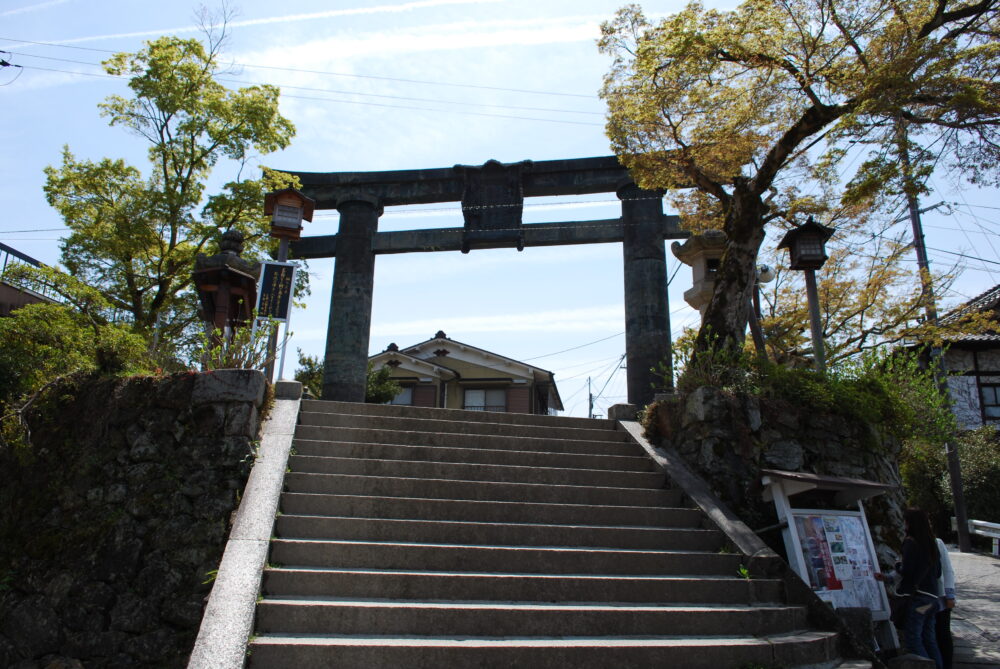
Kane-no-torii Shinto Arch
Though old as it is, this Shinto arch was rebuilt in the Muromachi Period (14th century) after the original had been burned down by war in 1348. Officially, it is known as Hosshin-mon Gate and is the first of four gates that lead to Mt. Sanjo.
-
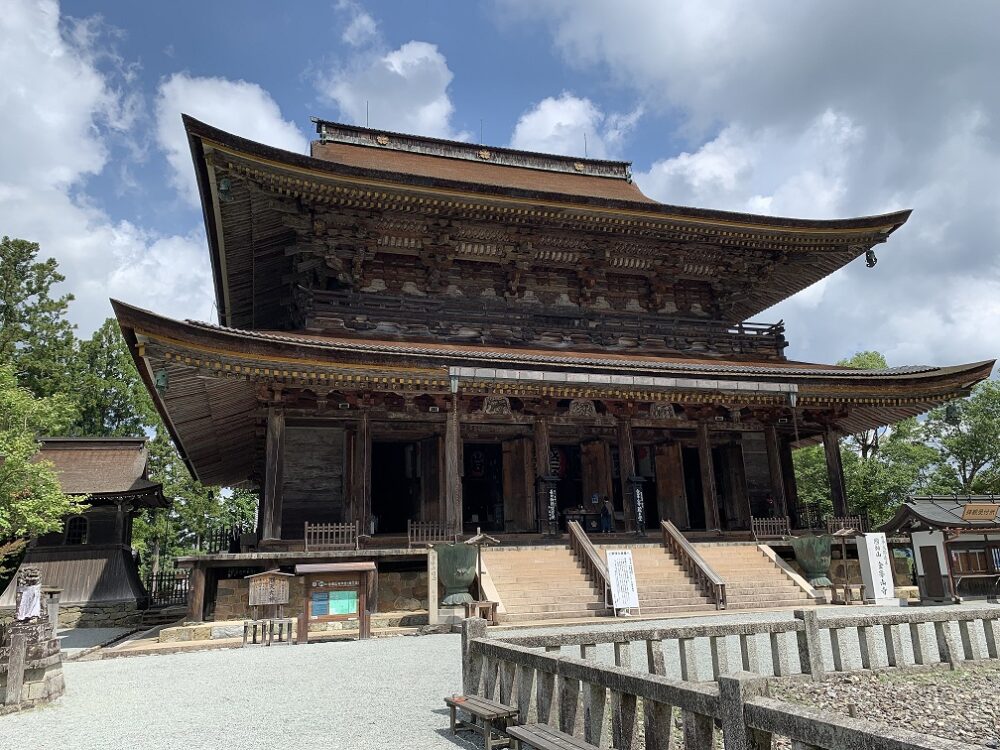
Zao-do of Kinpusen-ji Temple
Since long ago, the Kinpu Mountain Range that stretches from Mt. Yoshino to Mt. Sanjo has been known as a holy land and visited by many of the Japan's nobility. This is where En no Gyoja, the founder of Shugendo, a religious mix unique to Japan that incorporates Buddhist and other spiritual teachings into the mountain worship of early Japan, developed a mountain-dwelling lifestyle and disciplinary practices. Since that time, many disciplinants have exceeded the bounds of their own personal religions and come to Kinpusen-ji Temple to practice asceticism at the primal dojo of Shugendo. Inside Zao-do Temple of Kinpusen-ji Temple, which, at a height of 34 m has come to symbolize Mt. Yoshino, are enshrined the three Zao deities. The temple is made entirely of wood and is second only to the Daibutsu-den of Todai-ji Temple in Nara in size.
How to get there: Take the ropeway from Kintetsu Yoshino Station (Yoshino Line).
Open: 8:00am - 4:30pm
Admission fee: 800yen -

Yoshinoyama Visitor Center
The Yoshinoyama Visitor Center was built to help visitors to Mt. Yoshino better understand the natural environment and history of the local area.
-
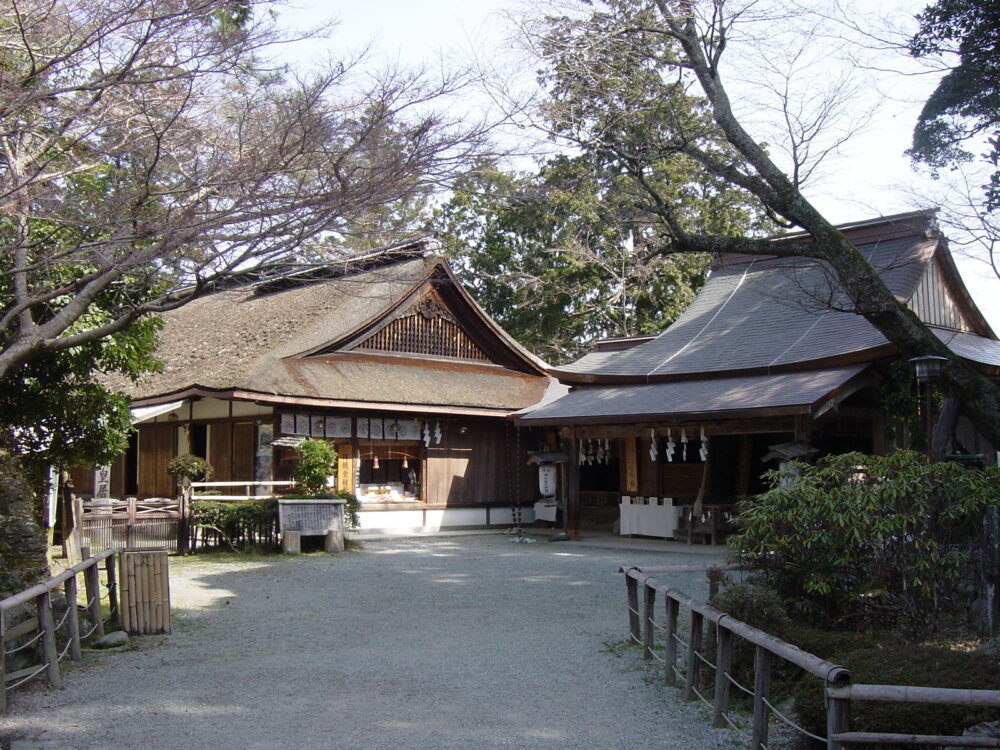
Yoshimizu-jinja Shrine
The shrine was originally a Buddhist temple known as Kissui-in and associated with Kinpusen-ji Temple, but it was transformed into a shrine in the Meiji Period when the government ordered the separation of Buddhist temples and Shinto shrines.
Open: 9:00am - 5:00pm
Admission fee: 400yen -
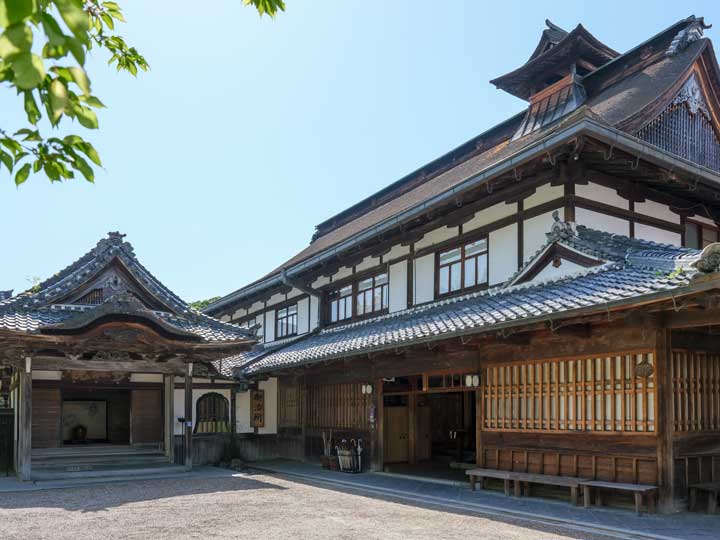
Chikurin-in Temple
Reportedly built by the Prince Shotoku, a statue of the prince sitting down is found inside the main hall and revered as a benefactor.
